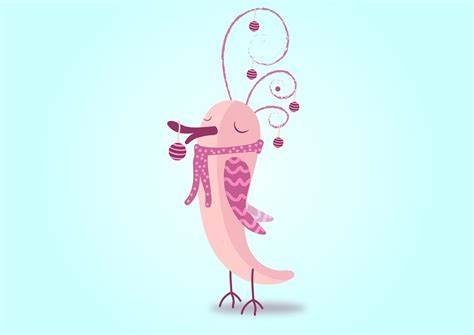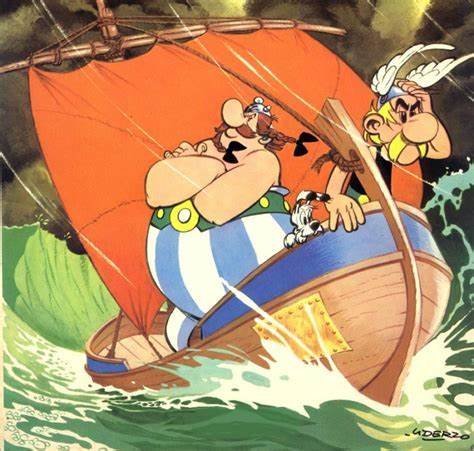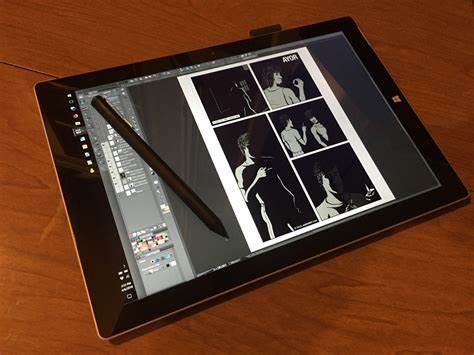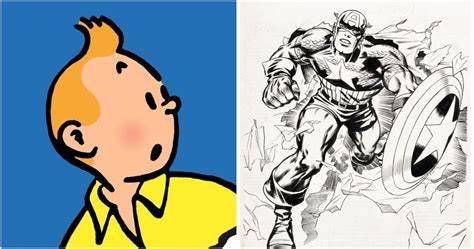Cartoons have been an integral part of childhood for generations, influencing not only the way we view the world but also how we shape our identities and values. These animated shows often serve as a child’s first introduction to various cultural narratives, teaching lessons about morality, friendship, and resilience. Whether it’s through the humorous antics of beloved characters or the moral dilemmas presented in their storylines, cartoons have an undeniable impact on shaping childhood memories and cultural perceptions. In this article, we explore how cartoons help mold our early experiences and influence societal narratives.
1. Cartoons as Early Life Teachers
From a young age, children are drawn to the colorful world of cartoons, where animation, humor, and storytelling combine to create a captivating experience. Cartoons not only entertain but also serve as a tool for teaching important life lessons.
Moral Lessons
Many classic cartoons, like The Simpsons, Looney Tunes, and Tom and Jerry, feature clear distinctions between right and wrong. Characters frequently face dilemmas that revolve around values such as honesty, kindness, fairness, and courage. These moral lessons resonate deeply with children and help in the early development of ethical decision-making.
For example, in Peanuts, characters like Charlie Brown and Snoopy often deal with failure and resilience. Through their struggles, children learn the importance of perseverance, even when things don’t go as planned.
Problem-Solving and Critical Thinking
Cartoons like Dora the Explorer and Blue’s Clues engage children in problem-solving activities. By watching characters work through challenges and puzzles, young viewers learn how to approach problems, think critically, and be creative in finding solutions.
2. Cultural Narratives and Identity Formation
Cartoons often serve as mirrors reflecting the values, beliefs, and struggles of society. By exposing children to different cultures, lifestyles, and historical contexts, cartoons play a role in shaping cultural narratives and expanding understanding.
Introducing Diversity
Cartoons have the unique ability to introduce children to diverse cultures and identities in a way that is accessible and engaging. For example, Avatar: The Last Airbender introduces viewers to a fictional world inspired by Asian, Inuit, and South Asian cultures. By weaving in these influences, the show provides children with a window into different ways of thinking, behaving, and living.
Furthermore, characters like The Proud Family and Doc McStuffins have contributed to better representation in children’s media. They provide positive portrayals of Black, Latina, and other historically underrepresented characters, allowing children from various backgrounds to see themselves reflected in popular culture.
Promoting Global Understanding
Cartoons like The Magic School Bus or Pocahontas also introduce children to historical events, geography, and other cultures, albeit with artistic liberties. These shows encourage curiosity about the world around them and help children develop a sense of empathy and understanding for others, promoting global awareness.
3. Nostalgia and Emotional Impact on Childhood Memories
For many people, cartoons are an irreplaceable part of their childhood, tied to moments of comfort, joy, and emotional connection. The ability of cartoons to create lasting memories is one of the reasons they remain so beloved throughout adulthood.
Creating Bonds Through Shared Experiences
Whether it’s gathering around the TV as a family to watch Sesame Street or sharing laughs with friends over The Flintstones, cartoons provide a sense of shared experience. For many, these shows are intertwined with family routines, cultural practices, and personal milestones. This shared viewing creates bonds, not just with family members but with peers who grew up watching the same shows.
Forming Lasting Emotional Connections
The emotional impact of cartoons is powerful. Iconic characters like Mickey Mouse or Bugs Bunny become more than just animated figures; they are cherished symbols of joy, nostalgia, and comfort. The stories they tell often evoke deep emotional responses in viewers, whether it’s the bittersweet ending of Toy Story 3 or the universal theme of friendship in Winnie the Pooh.
The humor, adventure, and even sadness conveyed in these shows create formative experiences that children carry with them into adulthood. For many, revisiting these cartoons later in life rekindles fond memories of simpler times and serves as a reminder of the cultural touchstones that shaped their early lives.
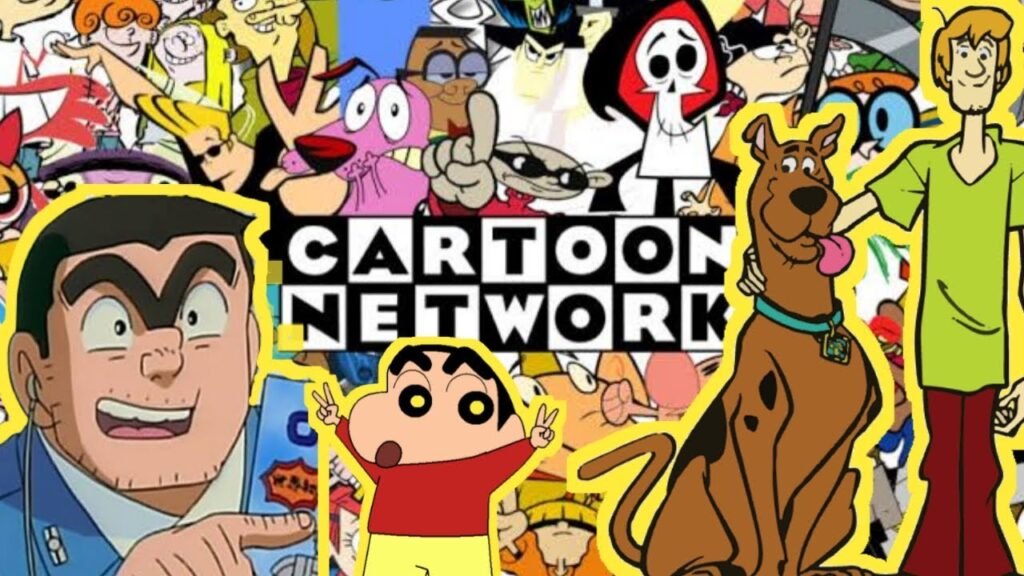
4. Cartoons as Catalysts for Cultural Change
Cartoons have historically been used as tools for social and political commentary. They have the power to challenge societal norms and influence the way children perceive issues such as justice, inequality, and freedom.
Satirical and Political Cartoons
While cartoons aimed at children are often lighthearted, the world of animated satire has a long tradition of tackling serious topics. Shows like South Park, The Simpsons, and Futurama challenge political ideologies, social trends, and current events. Though aimed at adults, these cartoons still hold cultural significance and influence how younger generations view politics and society.
Cartoons with Progressive Messages
More recently, children’s cartoons have become more vocal in advocating for social justice, environmental sustainability, and mental health awareness. Shows like Steven Universe, The Owl House, and She-Ra and the Princesses of Power have pushed boundaries in their portrayal of LGBTQ+ characters, gender norms, and the importance of inclusivity and acceptance.
Through these narratives, cartoons play a role in shaping how children perceive themselves and others, promoting a more progressive, tolerant worldview that aligns with contemporary values.
5. The Enduring Legacy of Cartoons in Pop Culture
As children grow, they often carry the lessons and themes learned from cartoons into adulthood, shaping their future tastes, interests, and values. Cartoons become part of the cultural fabric, continuously influencing everything from fashion to film and music.
Influence on Pop Culture
From Looney Tunes to Rick and Morty, cartoons have left an indelible mark on pop culture. Catchphrases, memorable characters, and even animation techniques cross over into music, fashion, advertising, and other forms of entertainment. For example, the popularity of The Simpsons has led to references in countless other media, cementing the show’s place in cultural history.
Merchandise and Branding
Characters from cartoons often transcend their original shows, becoming part of larger branding empires. For example, Mickey Mouse is more than just a character from Disney—he’s a global symbol. Similarly, characters like Spiderman and SpongeBob SquarePants are not only television stars but also icons of merchandise, theme parks, and movies.
Conclusion
Cartoons have an undeniable impact on childhood memories and cultural narratives, shaping the way children view the world and interact with it. From teaching moral lessons to introducing children to diverse cultures, these animated shows leave a lasting impression that influences future generations. Cartoons offer much more than entertainment—they serve as a bridge between childhood innocence and the complexities of the adult world. As cultural artifacts, they continue to be vehicles for social change, reflection, and understanding, shaping the way we perceive society, ourselves, and the world around us.







